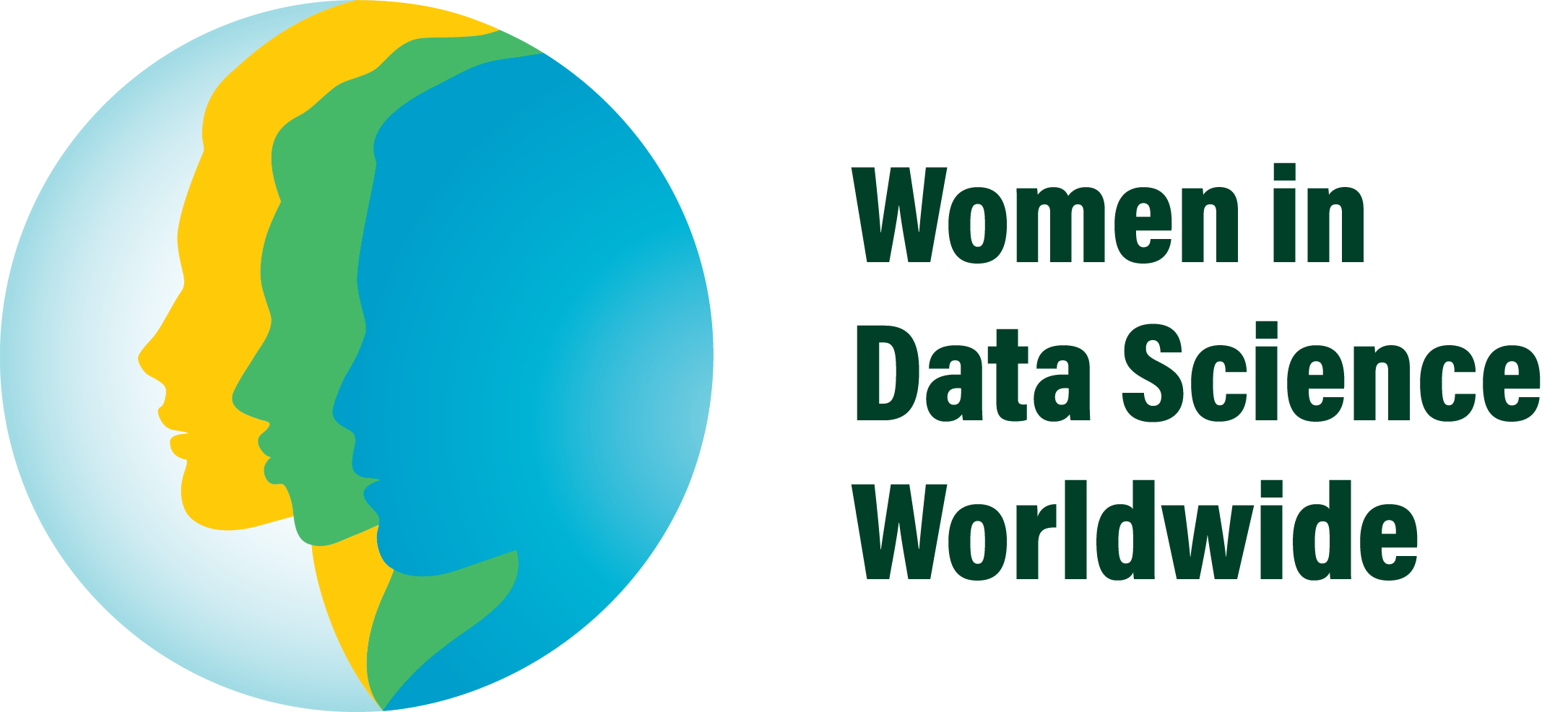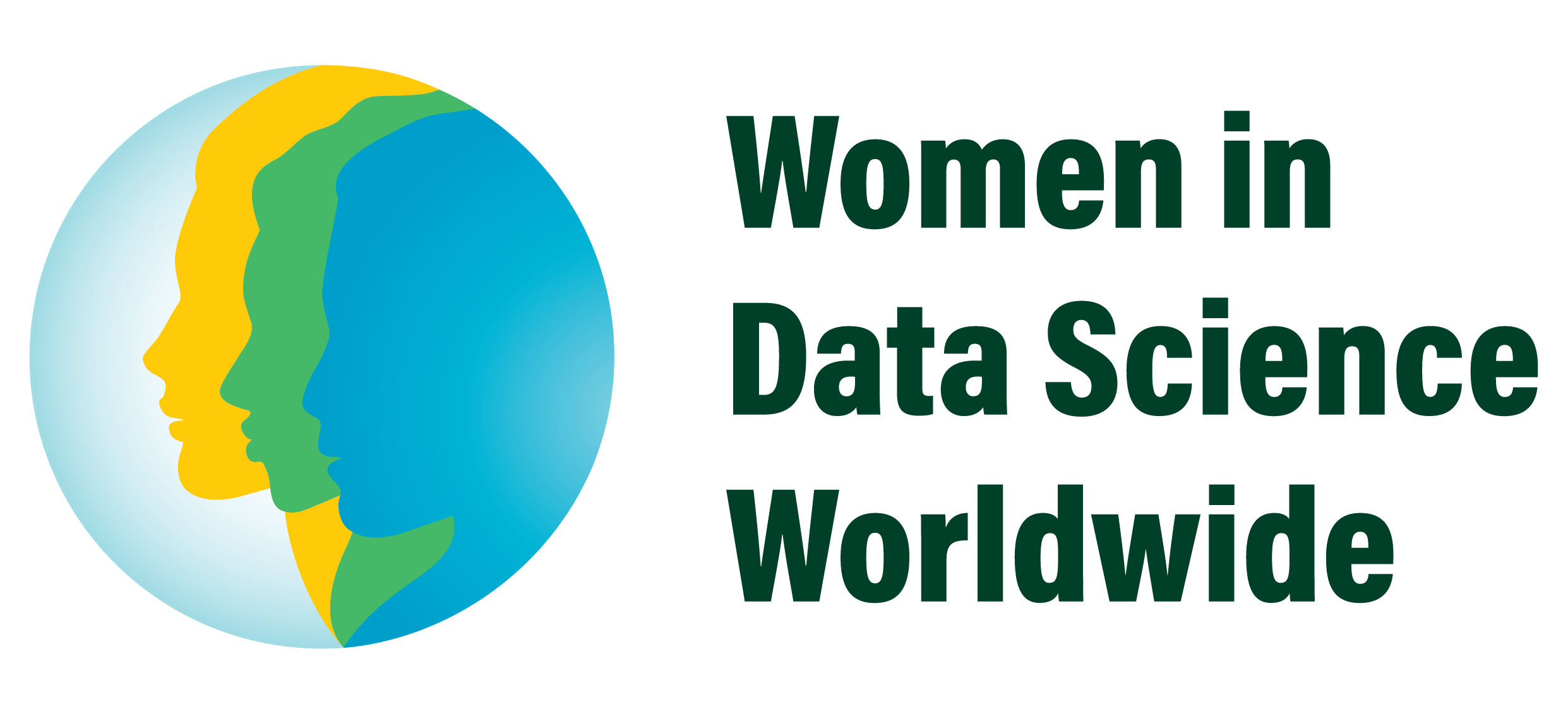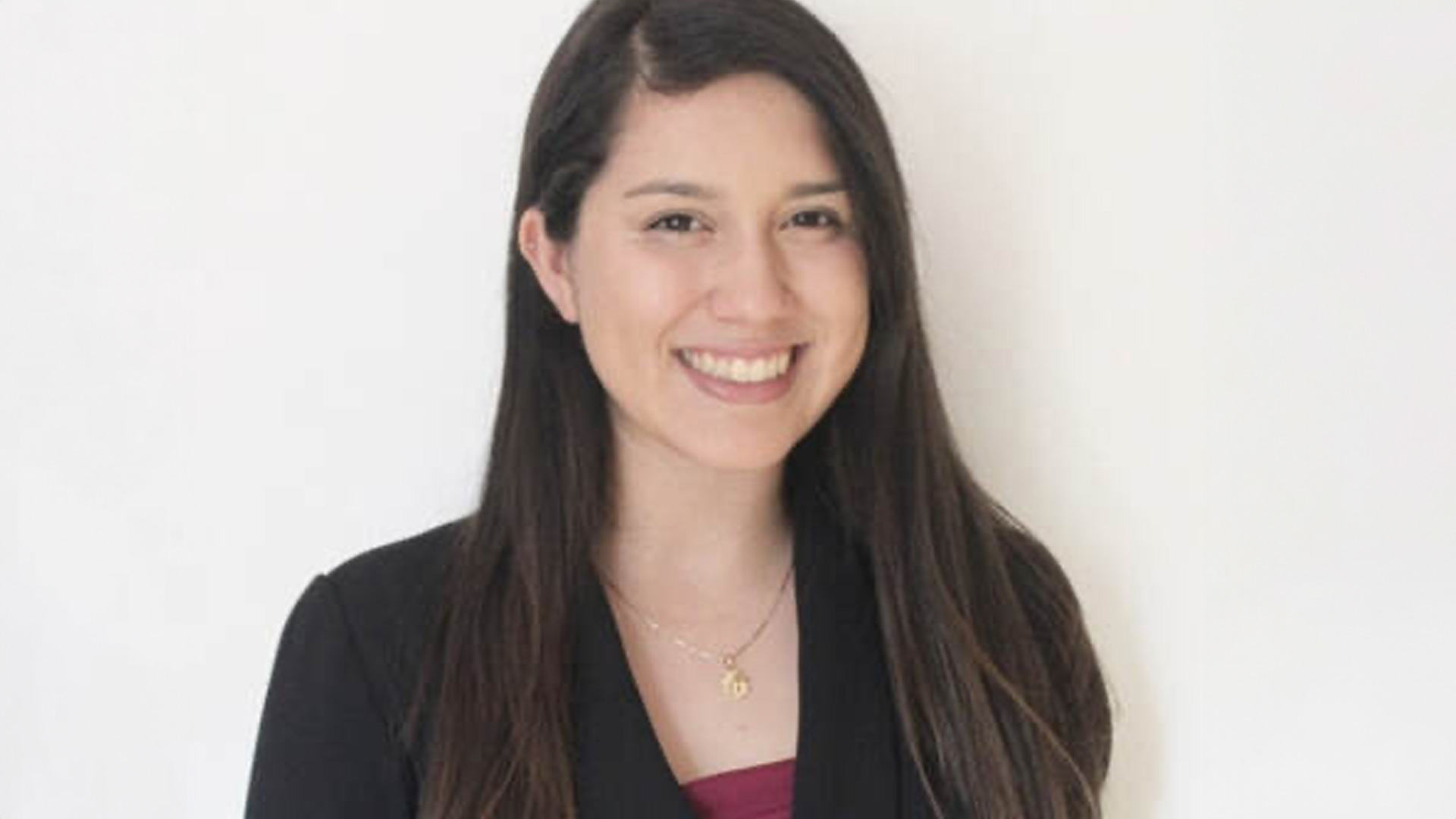Tell us about your background.
My parents were born in adobe houses without electricity, gas, and running water. With perseverance, they found their way from indigent pueblos in Mexico to the barrios of East LA where I was born. Entering school as a “limited English speaker” came with challenges but I soon discovered that I loved mathematics. Math has provided me with growth opportunities, an increased desire to learn, and an approach to understanding many life experiences.
My understanding and affinity for math steadily grew and at 15, I truly realized its power and importance. After 47 years of exhausting factory work, my grandfather suffered a stroke that complicated his Alzheimer’s disease (AD). I became determined to learn as much as I could about the disease. Reading research papers like “Mathematical Modeling for the Pathogenesis of AD,” inspired me to approach my understanding of AD from a mathematical lens. This experience galvanized my commitment to exploring mathematics’ potential. I was able to pursue this passion as a mathematics and computer science double major at Loyola Marymount University (LMU).
How did you get interested in data science?
I became truly invested in data science my sophomore year at LMU. Every year the American Statistical Association (ASA) holds a national contest that puts statistical and data visualization skills to the test. The 2019 challenge was to find ways to address homelessness in Los Angeles using a dataset of over one million entries. This project brought long nights of combining spreadsheets in R, effectively representing data, and drawing conclusions about homelessness in LA. But no feeling was stronger than the elation every display of data brought me. My partner and I took first place in the data competition and, more importantly, I discovered that engaging in data science research with purpose, passion, and persistence is not only exciting but satisfying to my soul. Since then, I have been involved in data science research on a variety of topics such as analyzing equity in computer science education pipelines using statistics and machine learning and evaluating political bias in news articles using natural language processing models.
What are you currently working on?
In the summer of 2019, I participated in Stanford’s Summer Undergraduate Research Fellowship (SURF). I conducted research under the mentorship of Dr. Alison Marsden in Stanford’s Cardiovascular Biomechanics Computation Lab. Reduced-order models (ROMs) can accurately and inexpensively simulate physical systems, but existing cardiovascular ROMs do not account for pressure changes at blood vessel junctions. I studied a dynamic junction model for estimating these pressure changes. This experience inspired my interest in numerical methods and mathematical models for dynamical systems, specifically for blood flow simulation. My current research interests are in studying computational methods for biomedical issues.
How did you first discover WiDS?
When I was younger, I did not believe there was a place for me in computer science or data science and I was never encouraged to take classes in these fields. In college, however, I found my passion was combining computer science, math, and data science. I learned about WiDS during my experience in Stanford’s SURF program. I loved the idea of supporting other women in data science, especially younger girls who, like me, might not have a lot of experience seeing themselves represented in this field.
Have you been involved with WiDS since that first experience? If so, in what way?
I am part of the Women in Data Science (WiDS) Next Gen committee After getting involved with this wonderful group of women, I have worked on developing parts of the WiDS Next Gen curriculum, including a Jupyter Notebook to teach students how to program in Python. I started this notebook from scratch and included lectures, sample problems, and a follow-along solution guide. I have also helped plan events like a fireside chat with a data scientist at Spotify and a career panel with inspiring female data scientists. Additionally, I have contributed to translating some of our material into Spanish. At the WiDS Conference in 2021, I was also able to interact and share my experience with WiDS and in data science with a group of high school girls from San Francisco.
How has WiDS made an impact on your life and/or work?
Joining WiDS Next Gen has meant becoming part of a cycle of powerful and diverse women who go on to inspire other women who inspire even more. Whenever I feel like I do not belong, I remember that I am part of a community and that my success is the success of others just like the success of my mentors has paved the way for me. Additionally, developing curriculum material and speaking with students has fueled my desire to teach. I envision myself as a professor one day, serving as a mentor for women and underrepresented minorities in STEM. And through WiDS, I have also found mentors that I know will continue helping me as I delve deeper into the field of data science.
What comes next for you? And what are your hopes for women in data science in the future?
Last summer, I interned at a software company called Synopsys, doing data analytics for one of their products. Now, I’m continuing my studies at Stanford University enroute to my PhD in computational and mathematical engineering. I plan to continue volunteering with the WiDS Next Gen committee. I am excited about creating new curriculum materials, building partnerships with middle and high schools, and continuing to inspire and encourage women to enter the world of data science.


